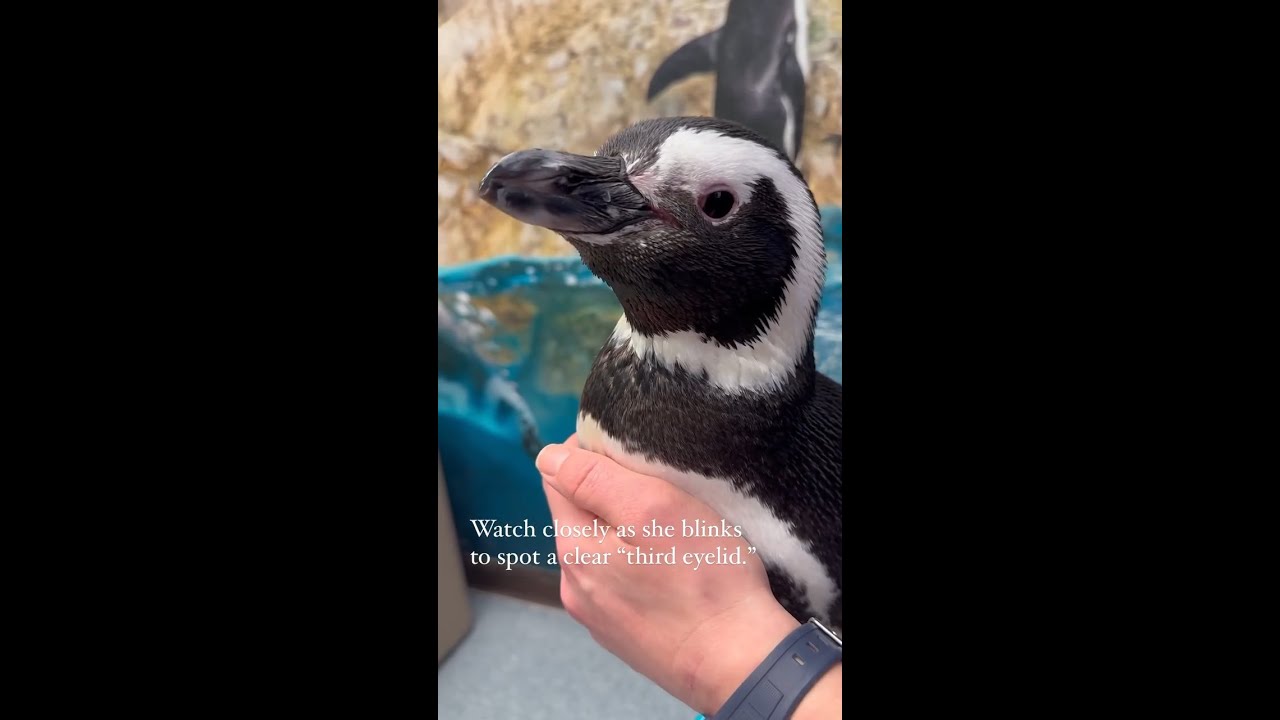– Discover the unique world of penguins: flightless birds with a knack for swimming
– Uncover the diverse habitats of penguins, from Antarctic ice to tropical beaches
– Learn about the clever survival adaptations and social behaviors of these charming birds
Welcome to an exploration of the charming world of penguins, those tuxedo-clad avians that waddle into our hearts with every bob and sway. These creatures, often associated with frosty landscapes and comical antics, are much more than the cartoon caricatures we see in the media. Grab your virtual explorer’s hat, and let’s dive into the icy waters of intrigue to reveal the captivating stories of these feathered friends.
Now, you may think of penguins as the classic poster children of Antarctic expeditions, but their real estate choices are far more diverse than you might expect. Did you know that not all penguins are fans of the cold? Indeed, these birds can be found scattered across the southern hemisphere, with some, like the Galapagos penguin, living at the equator. Imagine trading snow for sandcastles – penguins do it!
Stepping into the frosty realms, the Emperor penguin reigns as the largest of the penguin species. These majestic birds can grow up to 48 inches tall – four feet of feathery elegance! Their regal stride across the ice is more than a simple parade; it’s a means of survival in a land where temperatures can plummet to bone-chilling depths.
Living in some of the Earth’s most unforgiving environments, penguins have suitcases full of adaptations to weather the storms – or blizzards, as they may be. One such adaptation is their remarkable feather structure: dense, oily, and interlocking, creating a waterproof cloak that insulates them like the best down jacket you wish you had on a frigid winter day. Beneath this feathery fortress lays a layer of fat, adding an extra buffer against the cold. It’s nature’s way of layering up – without the bulk!
Penguins are known as the Olympic swimmers of the bird world. Their wings, transformed into flippers, make them acrobatic swimmers, capable of reaching speeds that would earn a nod of respect from speedboat enthusiasts. They can rocket through the water up to 15 miles per hour, catching a ride on the fast lane without a ticket. Dinner can’t escape these aquatic athletes!
Speaking of meals, penguins might be the ultimate seafood connoisseurs. Their diet consists largely of fish, squid, and crustaceans. With its deep-diving prowess, the Emperor penguin can plunge to depths of over 1,850 feet, holding its breath for more than twenty minutes—a true submarine in a bird’s disguise. Meanwhile, smaller penguins make shallower dives but are no less impressive in their naval expeditions.
Penguins may look like they’re dressed for a black-tie gala, but did you know they’re also adorned with unique spots and markings? Just like human fingerprints, no two penguins have identical patterns of spots on their chests, allowing them to be identified individually by researchers – and maybe by the penguins themselves, making social mix-ups a rare occasion.
These friendly birds are not just about mingling and banquets of fish but also about partnership and community. Many penguin species are monogamous, often mating with the same partner year after year, and some even perform courtship rituals to rekindle the spark. Moreover, they are attentive parents, taking turns keeping their eggs warm in an “egg relay” practice. It’s teamwork at its finest, putting the best of us to shame with their commitment and cooperation.
After hatching, the dedication of penguin parents continues, often sharing the responsibility of feeding and protecting their fluffy offspring from the relentless elements and ever-lurking predators. It’s this shared parental strategy that bolsters survival rates, and let’s face it, who wouldn’t be motivated by the sight of those adorable, downy chicks?
One of the most heartwarming (and effective) strategies of the Emperor penguin in the face of Antarctic extremes is the huddle. Penguins congregate in massive, densely-packed groups, sharing body warmth and taking turns on the colder perimeter. This isn’t just a social gathering; it’s an essential, life-preserving tactic displaying the might of unity.
Moving away from the coldest reaches, some penguins have tweaked the script and made homes on sunnier shores. Take the African penguin, for example, that basks in much warmer climes along Africa’s southern coast. They’re the surfers of the penguin world, albeit in monochrome wetsuits. But even with the sun on their backs, these birds are well-adapted, with special behaviors to cool down, including panting like dogs and extending their flippers to catch a breeze – beach day, anyone?
It’s not all smooth sailing and sunbathing for penguins, though. Many species face overfishing, oil spills, and climate change threats, upsetting their delicate balance. It’s a reminder that while they may seem like distant emblems of wild places, penguins are affected by global events and our choices.
However, not all hope is lost. Conservation efforts are in full swing, with sanctuaries being established, responsible tourism being promoted, and sustainable fishing practices being encouraged. Researchers continue to unravel the mysteries of these birds, and each discovery is a step towards better stewardship of their habitats.
*****
Source Description
Eye-opening penguin facts.


